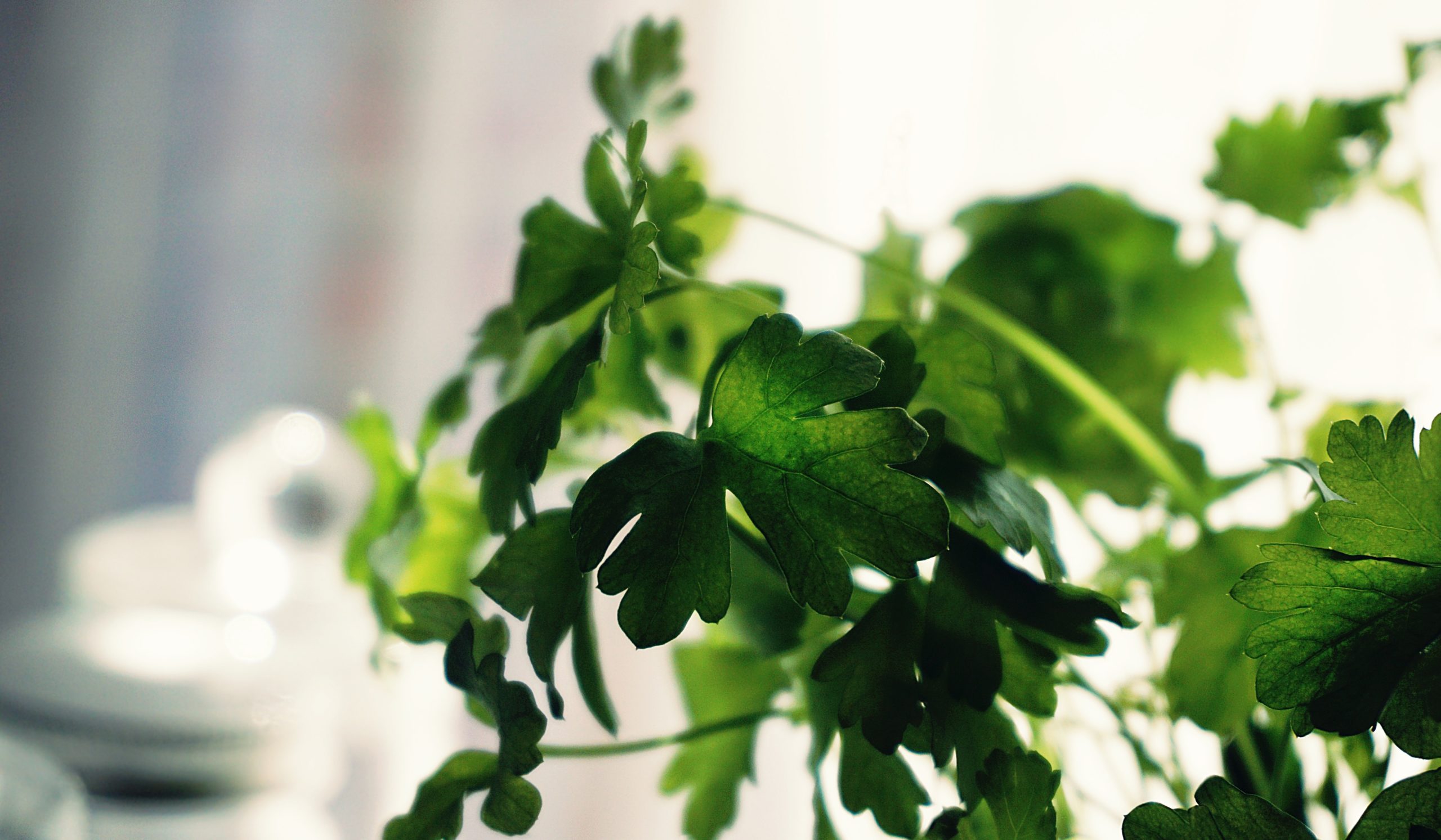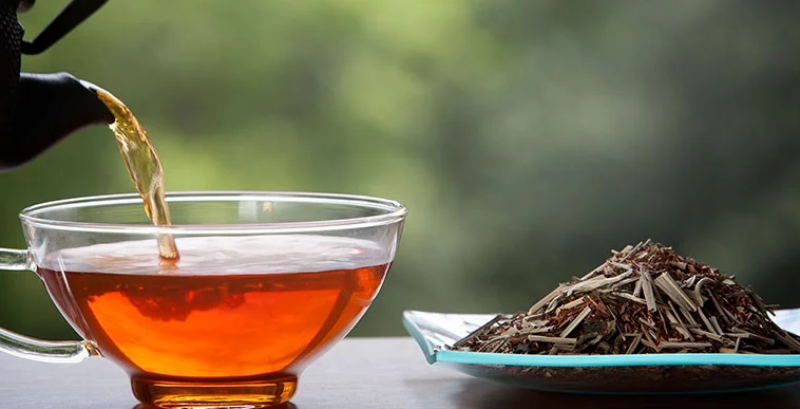How To Grow Cilantro Indoors For Fresh Herb Stock

Cilantro is a popular herb in many different Asian and Mexican dishes. Despite the popularity, not many grow Cilantro in the home garden. Some people believe that growing Cilantro indoors is difficult, this is not the case at all. If you want to know how to grow Cilantro indoors, then keep scrolling down.
Cilantro is not recommended for multiple harvests. However, indoor gardeners with intermediate indoor herb experience can grow in continuous succession all year round. If you follow the below-mentioned tips for growing Cilantro indoors, then you can successfully grow cilantro herbs in no time.
Why is Cilantro good to grow in containers?
Cilantro has large seeds, which makes planting them in containers super easy. When it comes to speed spacing, Cilantro is forgiving, so you get complete freedom to use the containers you already own. It can grow one foot long before it starts producing seeds, but you should not harvest Cilantro before it reaches 6 inches in height.
Cilantro prefers cool climates.
Cilantro grows best in cool climatic conditions. When the temperature rises above 85 degrees Fahrenheit cilantro plant is triggered to go into reproductive mode. This process is called bolting. During this time, the leaves become thin and lose all their flavor while the leaves form large umbrella-like structures, flowers, and seed pods.
Read More- A Guide On How To Grow Your Own Herbs
Basic Growing conditions and plant care for Cilantro
Cilantro can survive in zones 3-11, which makes it a great herb to start growing indoors and move outside during warmer weather.
Cilantro plants prefer complete sun for at least six hours a day. Also, they thrive well in well-drained soil with temperatures ranging between 50-80 degrees. Direct seeding is recommended because Cilantro begins forming taproots and does not like to be transplanted once grown. To grow Cilantro from seed, sow the seeds ¼ inch deep and plant every 2-3 weeks for steady succession.
Light
If you live in northern regions, then use grow lights for growing Cilantro indoors in colder months. Depending on the latitude, you can even use a south-facing window to provide enough sunlight.
For baby cilantro plants, you can use simple LED, 45 watts grow lights to provide the right amount of lights. Lights should face directly over the plant surface, which prevents cilantro seedlings from becoming leggy. Raise the lights as the plant grows.
Temperature
Cilantro requires 55-68 degrees to germinate properly and can take around 7-14 days to sprout indoors. This herb plant can survive light frost but if you plan to grow them in your windowsill, make sure to use a placement away from cold drafts.
Air circulation helps to keep cilantro plants healthy, especially for microgreens. Cilantro is susceptible to damping off with good air circulation or small-sized fam you can prevent this.
Water
Well-drained soil with enough watering rather than frequent watering is a must for cilantro plant care. Water The plant only when the top 15% soil gets dry because dampness increases the chances for diseases.
The ideal method is to use a spray bottle for irrigation when Cilantro starts germinating. If the soil is dry, it takes some time to absorb the water, be patient to let it saturate before going in with more water. Water your cilantro plants gradually until the soil absorbs water and drains out from the bottom of the container.
Using unchlorinated water is best, or if you use tap water, let it sit for 24 hours to let the chlorine evaporate. Use unglazed terra cotta pots to keep the soil moist while not letting light enter to prevent algae growth.
Soil and fertilizer
You can find potting soil mix made especially for indoor edible plants. If you cannot find it near you, try to look for a potting mix that includes coir, peat moss, or soil mixed in with fertilizers.
Cilantro is not an aggressive grower, and you have plenty of space in the pot, which is why it is important to keep the container properly fertilized. You can also add diluted fish emulsion to add more nutrients to the soil. Remember to use small amounts of fertilizer as too much can be detrimental.
Harvesting
When it is time to harvest Cilantro, always use clean hands and scissors. Follow the rule of thumb to harvest ⅓ plants every week. Cilantro can be enjoyed for 8-10 weeks and does not grow after cutting.
If you want to maintain an endless supply of Cilantro, grow Cilantro from seeds every 2-3 weeks. Keep pinching the top off to extend the lifeline of the plant. You can grow a cilantro plant for 45 days and if it is a microgreen, then harvest after 20 days.
How To Grow Cilantro Microgreens Indoors?
The cilantro microgreens are packed with a delicious punch which makes them great for chili and tacos.
If this is your first time growing microgreens, then you might like to try this idea. It uses a wide shallow tray with 10 x 21 and harvests the microgreen after the first leaves appear.
Check out the below-mentioned steps to grow cilantro microgreens indoors:
- Take shallow trays and fill them with potting soil. Spread 26 grams of seed all over the tray surface.
- Make sure not to cover the seeds with soil. Stack another tray on top to compress the seeds planted. You can use a hardcover book or weight inside the tray to provide compression.
- After completing 24 hours, use a spray bottle, mister, or fine droplet watering hose to saturate the soil lightly.
- Do not overwater; you do not want to flood the tray as it will displace the seeds. Remember to water the tray once a day and keep checking the moisture level.
- Maintain good airflow to grow microgreens because the seeds are densely packed. It helps to prevent fungus or to damp off. You can also use a small fan to maintain airflow.
- Harvest cilantro after you start noticing first leaf growth.
Read More- Best Oregano Substitute For When You Are Out Of Your Stack
How to Grow Cilantro From Seeds?
Cilantro seeds are also known as coriander. These seeds are encased in a hard, round husk that is light grey or brown in color. Before you plant the seeds, you need to first prep them to increase their chances of germinating.
Follow the below-mentioned steps to grow Cilantro from seeds:
- First, crush the seeds from the husk and soak them in water for 24 to 48 hours. Drain the water and let the seeds air dry.
- Once the seeds have been prepped, you can plant them indoors or outdoors.
- If you wish to grow Cilantro indoors, put the seeds in the soil in a pot and cover them with ¼ inch soil.
- Leave it to grow at least 2 inches. Make sure to grow Cilantro in a crowded pot so that roots do not bolt in hot weather.
- When it’s time to transplant them outdoors, dig at least 3 to 4 inches hole and put them in. make sure to water after transplanting.
How to Prune Cilantro?
Cilantro is known for its distinct, lively flavor and how easy it is to grow indoors. This herb grows best in sunny spots. You can expect the plant to grow at least 18 to 24 inches tall and 12 inches wide.
You need not prune the Cilantro until it’s time to harvest. However, if you keep removing the flowers, this annual herb will last longer. Remember to sterilize the pruning bladed before and after pruning using rubbing alcohol.
Light Pruning
Pune the cilantro plants lightly to keep them looking neat and provide a small harvest to use in cooking meals. The leaves can turn yellow or become damaged or scorched from pests, diseases, and the sun. You can prune all the wilted, yellow, or damaged leaves.
When it is time to harvest, the plant will be 4 to 6 inches long; remember to snip the leaves out of the stems from the base. You can harvest a few stems at a time. Avoid pruning more than one-third stem because it can weaken the plant and prevent it from growing.
Pruning Clumps
Pruning cilantro clumps will provide you with a mix of microgreens, large and mature leaves for cooking. Cilantro may resprout again after the leaves are pruned, but there is a high chance that the plant may die.
Hold the cilantro plant from the base and prune the stems leaving 1 to 2 inches. You can also intertwine the stems together around the base.
You can keep these clumps in clean and cold water to keep them fresh until they are ready to use.
Coriander vs. Cilantro
People often confuse Cilantro with coriander; these two herbs are vastly different. Let’s find out how.
Both these herbs vary in application and taste but receive equal amounts of appreciation for their taste.
Cilantro is a bright green plant with textured leaves, and its seeds are known as coriander seeds which are a very popular spice.
On the other hand, the aromatic fruit of coriander is ⅕ in diameter and is used in recipes as whole or crushed. It has a spicy, acidic, and earthy flavor which is popular in Asian Cuisines or Middle Eastern pickles.
America and Europe hold a strong affinity for coriander due to its use in Belgian Wheat beer since the Middle Ages. You can find Cilantro in large amounts in Middle Eastern, Asian, Indian, North, and South American cuisines.
Final Words:
Growing Cilantro indoors is a great way to have year-round stock of fresh and organic herbs. Cilantro is an easy-to-grow herb in the home garden. With a range of applications of this culinary herb, you and your family will love growing it to make delicious meals every time.
We hope that you find this post on how to grow Cilantro indoors informative. If you like this post, do not forget to leave comments down below.






